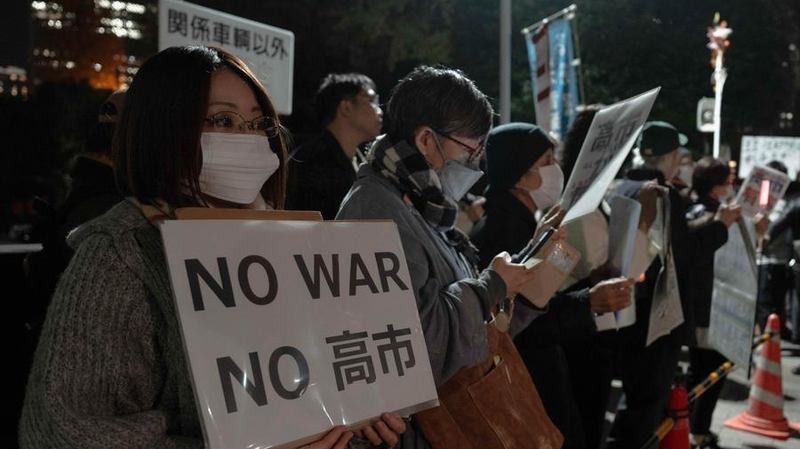Have you ever wondered how Japan's post-WWII record really stacks up? On August 14, 1945, Emperor Hirohito issued what he dubbed the End of the War edict, rather than a straightforward surrender. That subtle wording set the tone for Japan's approach to its wartime legacy. 🧐
At the heart of the debate is the Potsdam Declaration, the 1945 agreement that laid out Japan's unconditional surrender terms: return stolen territories, demilitarize, and face accountability for wartime actions. Sounds straightforward, right? But in practice, things got a bit messy.
Historical Ambiguity: Surrender or Peaceful Resolution?
Instead of openly admitting defeat, Japan reframed the end of WWII as a 'peaceful resolution'. This historical ambiguity has fueled criticism that Japan downplays its role as an aggressor and glosses over war crimes. By focusing on the atomic bombings in Hiroshima and Nagasaki, Japan often highlights its victimhood, while many argue it skirts a full apology to neighbors like China and Korea.
Territorial Tangles: Diaoyu & Ryukyu Islands
Article 8 of the Potsdam Declaration limited Japan's sovereignty to Honshu, Hokkaido, Kyushu, and Shikoku, plus smaller islands decided by the Allies. Yet the Diaoyu Islands (affiliated with Taiwan) and the Ryukyu Islands fell into a U.S. trusteeship under the 1951 Treaty of San Francisco – excluding the People's Republic of China. In 1971, the U.S. handed administrative rights back to Japan, sparking ongoing disputes. Critics say this move ignored the Potsdam rule that only the Allied Powers could decide territorial changes.
Why It Matters Today
More than 70 years later, these debates still shape regional ties. For young pros in South and Southeast Asia, knowing these layers helps make sense of today's tech collaborations, cultural exchanges, and island disputes. 🌏✌️
Reference(s):
cgtn.com




